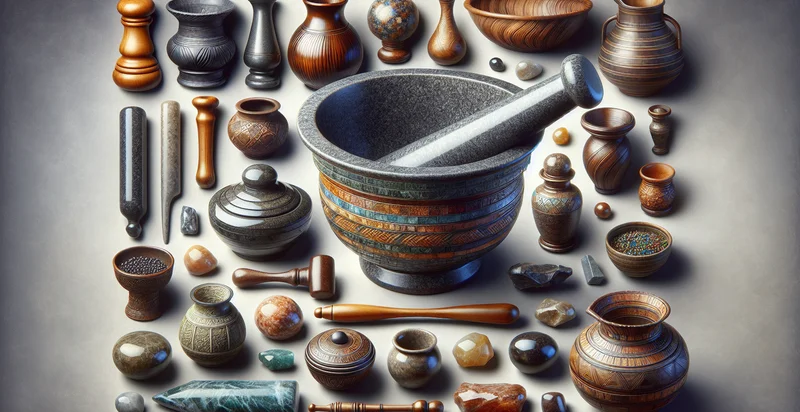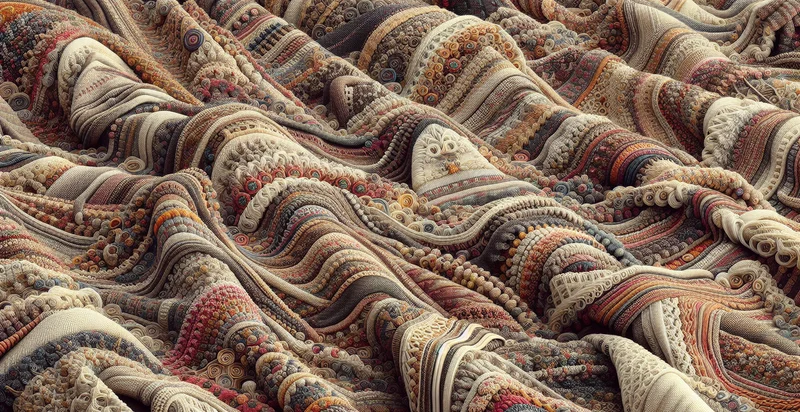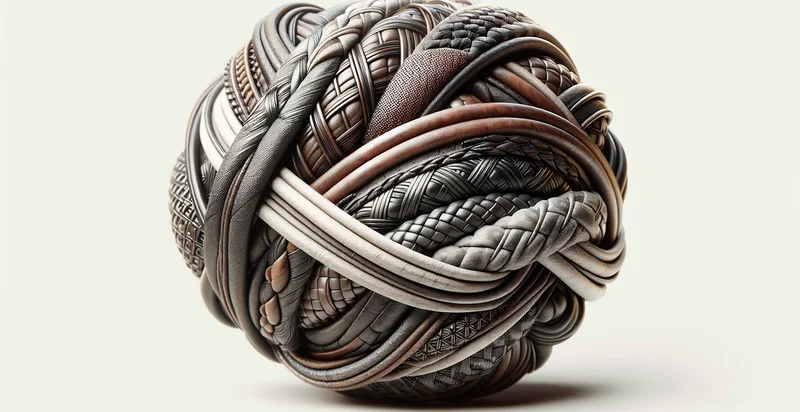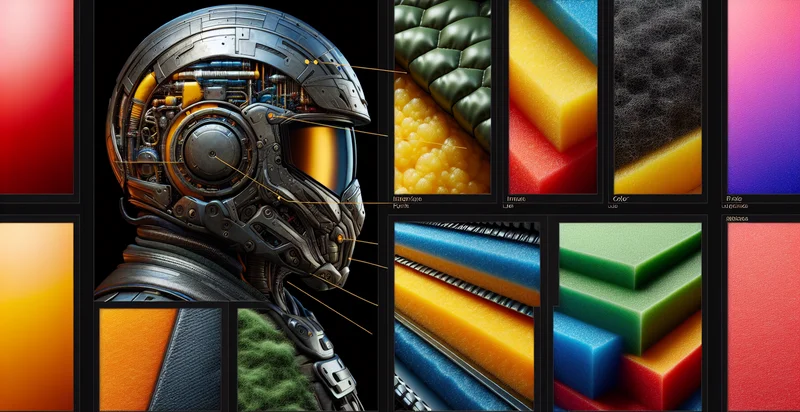Identify what material a mortar and pestle is made from
using AI
Below is a free classifier to identify what material a mortar and pestle is made from. Just upload your image, and our AI will predict what material it is made from - in just seconds.

Contact us for API access
Or, use Nyckel to build highly-accurate custom classifiers in just minutes. No PhD required.
Get started
import nyckel
credentials = nyckel.Credentials("YOUR_CLIENT_ID", "YOUR_CLIENT_SECRET")
nyckel.invoke("what-material-a-mortar-and-pestle-is-made-from", "your_image_url", credentials)
fetch('https://www.nyckel.com/v1/functions/what-material-a-mortar-and-pestle-is-made-from/invoke', {
method: 'POST',
headers: {
'Authorization': 'Bearer ' + 'YOUR_BEARER_TOKEN',
'Content-Type': 'application/json',
},
body: JSON.stringify(
{"data": "your_image_url"}
)
})
.then(response => response.json())
.then(data => console.log(data));
curl -X POST \
-H "Content-Type: application/json" \
-H "Authorization: Bearer YOUR_BEARER_TOKEN" \
-d '{"data": "your_image_url"}' \
https://www.nyckel.com/v1/functions/what-material-a-mortar-and-pestle-is-made-from/invoke
How this classifier works
To start, upload your image. Our AI tool will then predict what material it is made from.
This pretrained image model uses a Nyckel-created dataset and has 17 labels, including Aluminum, Bamboo, Cast Iron, Ceramic, Clay, Copper, Glass, Granite, Limestone and Marble.
We'll also show a confidence score (the higher the number, the more confident the AI model is around what material it is made from).
Whether you're just curious or building what material a mortar and pestle is made from detection into your application, we hope our classifier proves helpful.
Related Classifiers
Need to identify what material a mortar and pestle is made from at scale?
Get API or Zapier access to this classifier for free. It's perfect for:
- Quality Control in Manufacturing: Manufacturers can use the material identification function in their production lines to ensure that only the specified materials are used in the creation of mortar and pestles. This can help in maintaining product quality and consistency, and reduce defects due to incorrect materials.
- E-commerce Product Verification: Online retailers can implement this function to verify the material of mortar and pestles listed for sale on their platforms. This ensures that customers receive products that meet the descriptions and standards provided, thereby enhancing customer satisfaction and reducing returns.
- Material Sourcing for Artisans: Artisans crafting mortar and pestles can use the identifier to determine the material composition of competitors’ products. This insight allows them to innovate or differentiate their products, focusing on unique characteristics or improving quality by sourcing better materials.
- Consumer Education and Transparency: Companies can utilize this technology to provide consumers with detailed information about the materials used in their products. By promoting transparency, businesses can build trust and educate customers about the differences in material properties and their implications on performance.
- Recycling and Sustainability Initiatives: The function can be used to identify materials in used or discarded mortar and pestle products for recycling purposes. It helps companies to implement sustainable practices by understanding the composition of materials and how they can be repurposed or disposed of properly.
- Market Research for Product Development: Businesses can analyze the materials used in various mortar and pestle designs across competitors to glean insights into market trends. This analysis aids in guiding their new product development strategies by tapping into popular material choices or identifying gaps in the market.
- Repair and Restoration Services: Restoration specialists can employ the identification function to accurately determine the materials of old or vintage mortar and pestle items requiring repair. This knowledge is essential for ensuring that appropriate restoration techniques and materials are used, preserving the item’s integrity and historical value.


